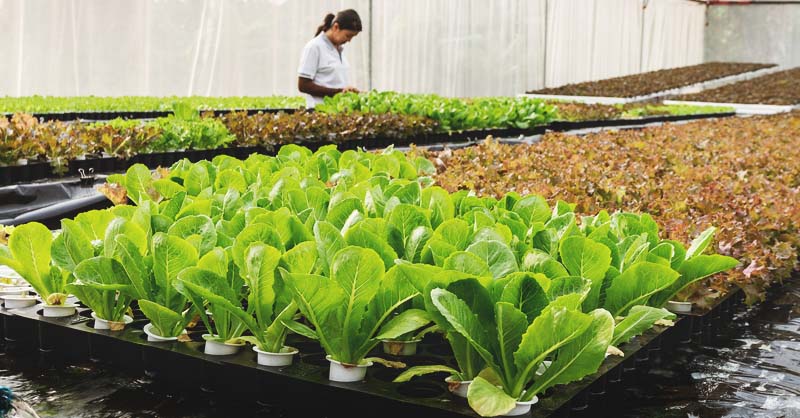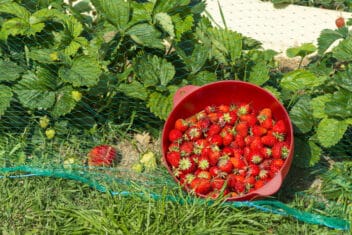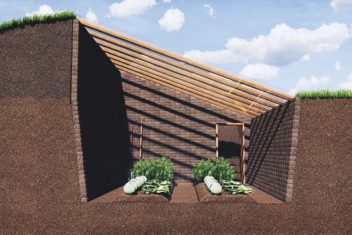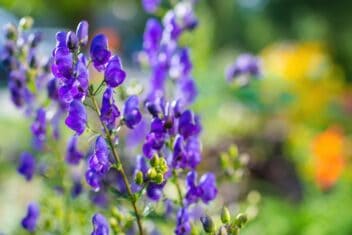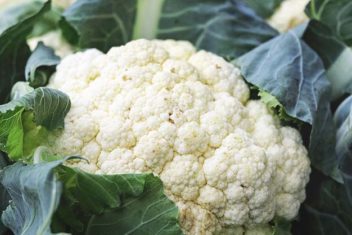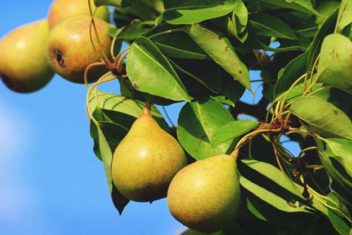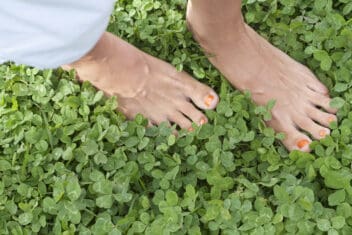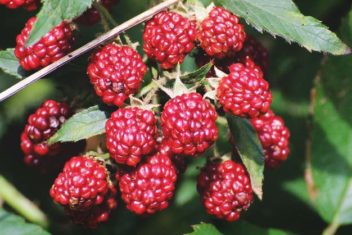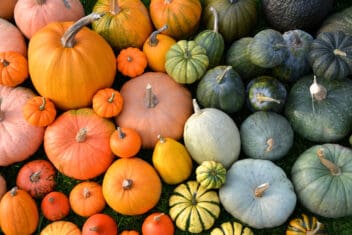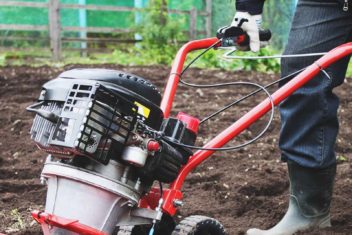Have you heard the term ‘aquaponics’ being used more and more lately?
Though aquaponic gardening has been around for centuries, it has made a comeback in a huge way. Don’t assume it’s only for large commercial farmers, either.
In fact, many people are creating their own aquaponic set-ups right in their backyards. If you’re interested in raising your crops and meat in one straightforward set-up, aquaponics could be for you.
I’m going to walk you through all the ins and outs of aquaponic gardening. We’ll discuss:
- What is Aquaponics;
- Why you might choose this form of gardening;
- What you should grow;
- Different types of aquaponic gardening.
If this has piqued your curiosity, here’s what you should know before launching into the world of aquaponics:
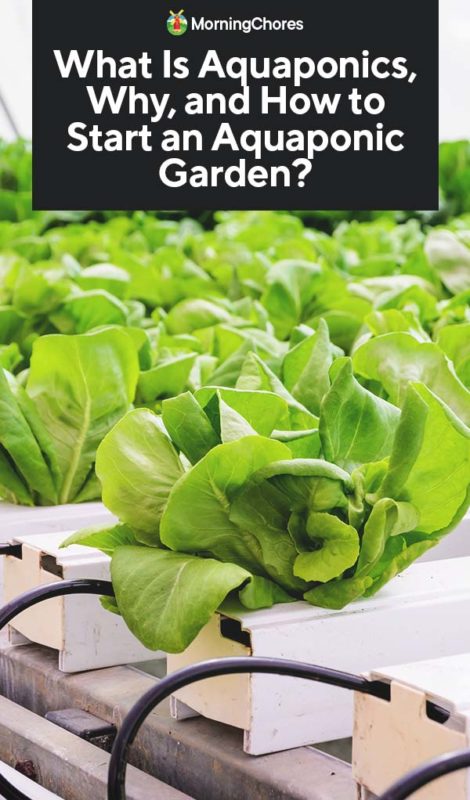
What Is Aquaponic Gardening?
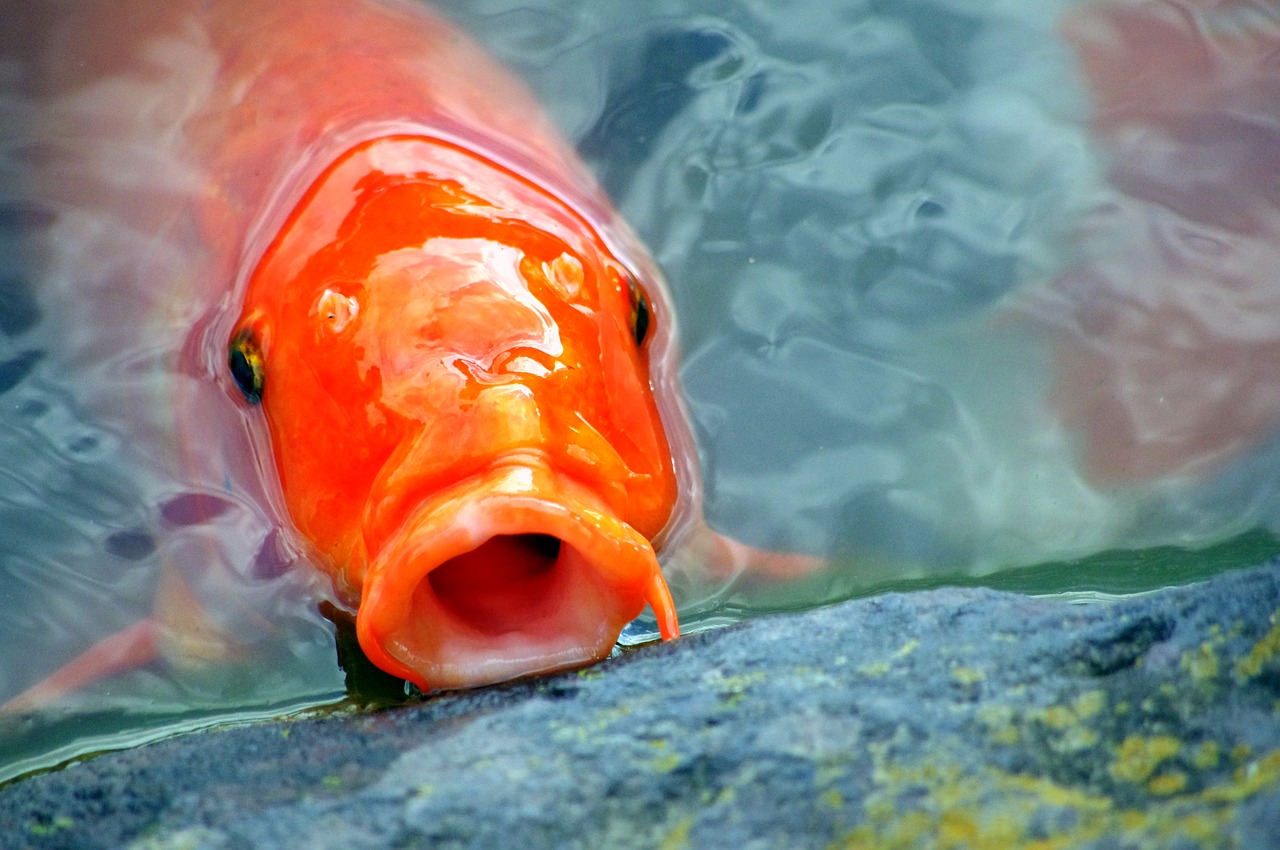
When you hear the term aquaponic gardening, you may get it confused with hydroponics gardening. The reason being, aquaponics not only sounds similar, but it’s the combination of hydroponics and aquaculture.
Aquaponics is the combination of raising crops in water instead of soil while also raising fish. The basic cycle of aquaponics is fish are in the water to make waste. The waste is broken down by the microbes in the water to form a type of nitrogen known as nitrate to fertilize the plants.
From there, the waste which didn’t get broken down works as plant food. The plants clean the water for the fish to live in a healthy environment in return.
Why You Might Prefer Aquaponic Gardening
The first time I saw an aquaponic gardening set-up I was intimidated. It looked fancier than anything I’d ever seen in my basic backyard gardening, and I wasn’t sure it was for me.
Though this type of gardening does require balance, it has many benefits which can make gardening easier in the long run.
Therefore, don’t be intimidated and shut down the idea before doing thorough research. Here are a few reasons why you might choose to embrace aquaponic gardening:
1. Organic Gardening
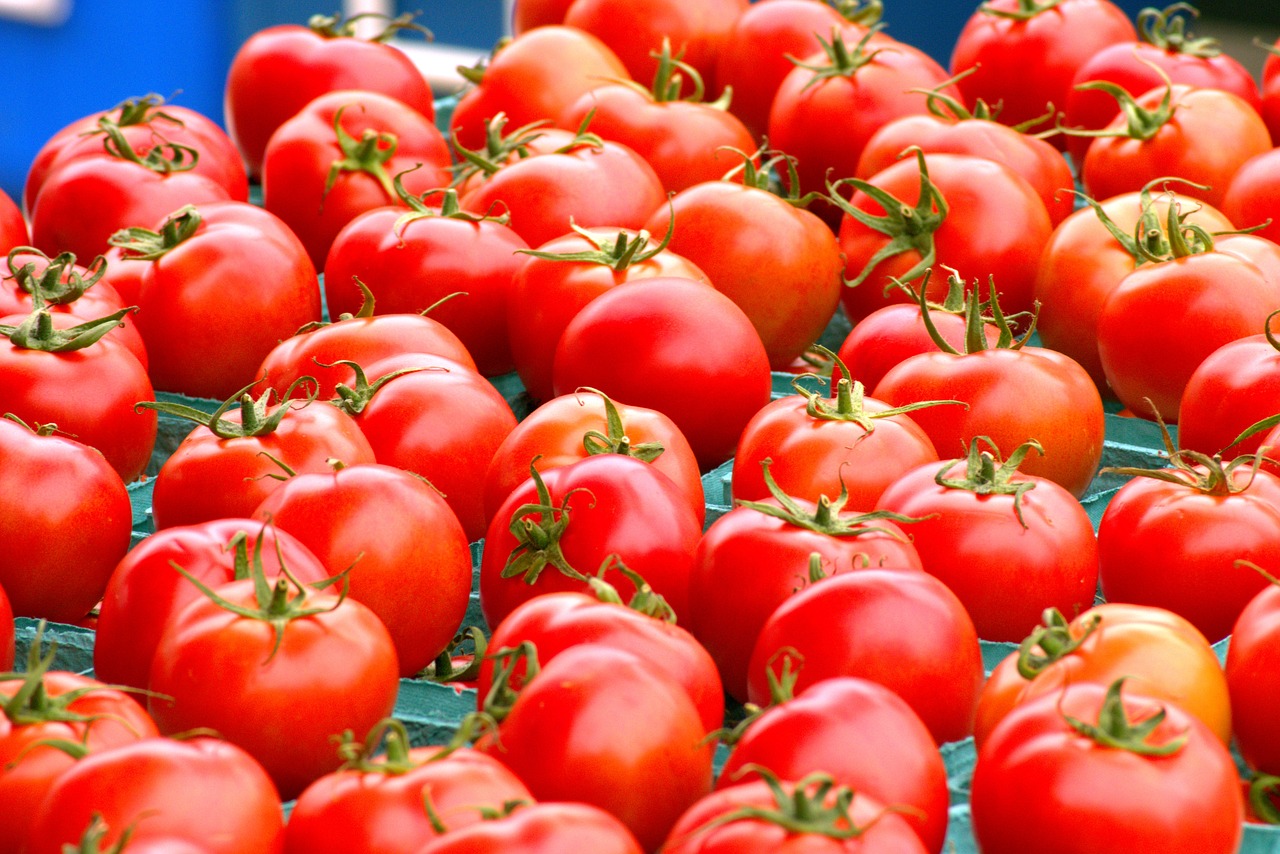
If you’re someone concerned about what types of fertilizers and pesticides are being put into and on your foods, this style of gardening may be for you.
Aquaponics gardening is an easy and entirely organic style of gardening. There are no pesticides included in it because there are no pests and no weeds.
The fertilizer is all natural and comes straight from the fish you’re growing in the same set-up. You see every step of the process, and it takes care of the organic gardening for you because of the natural cycle of the set-up.
2. Less Strenuous
Are you someone who loves to garden, but the back-breaking work of it deters you from embracing this passion you have for it?
Aquaponics could make gardening a possibility for you again. Because there are no weeds to fight and no fertilizing to do, this style of gardening is much easier to maintain physically.
Plus, everything is done at waist height. There’s no crawling around on the ground to care for your plants.
3. No Water Worries
Whether you worry about watering your garden correctly or you’re concerned about water consumption, aquaponics gardening is for you.
The system takes care of cycling the water. You don’t have to be concerned any longer about underwatering your plants.
Also, because the water is cycled through, you’re using approximately 1/10 of the water you would usually use in a traditional style garden.
4. Can Grow Aquaponics Anywhere
If you’re working with limited growing space, aquaponics gardening could be the style of garden you need.
Why? Because your set-up can be as large or small as you need. You can grow a large set-up on a commercial level, have a medium sized set-up in a greenhouse in your backyard, or a small set-up which grows in your living room.
It’s a style of gardening which can work for everyone regardless of circumstances.
Types of Aquaponics
There are different options when raising an aquaponic garden. Some work better on commercial levels while others work for backyard or indoor aquaponics gardening. Here are your options:
1. Raft Based Growing
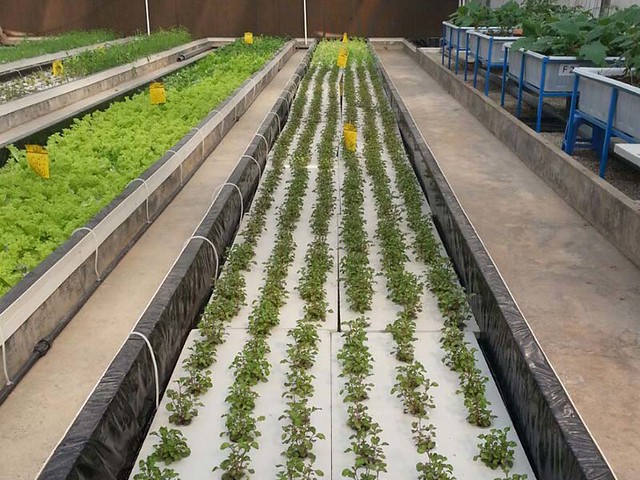
If you’ve ever seen a commercial aquaponics gardening set-up, this is most likely what you’ve witnessed. This style of aquaponics gardening is when the crops grow on rafts over the water. The rafts have holes in them for the plants to grow through.
This style of aquaponics gardening is best for lighter crops and also those which grow faster such as lettuce.
2. Media Based Aquaponics
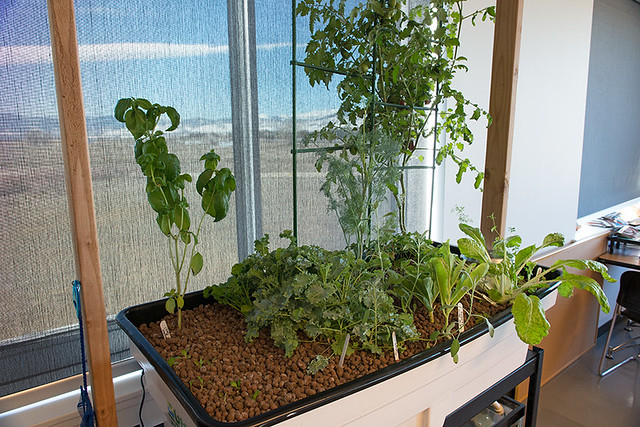
Media based aquaponics is a typical form of aquaponics gardening used among those who grow their own food at home.
It consists of growing food in pellets. The pellets work as a filter for fish waste and provide a place for the waste to be transformed into nitrate.
3. Nutrient Film Technique
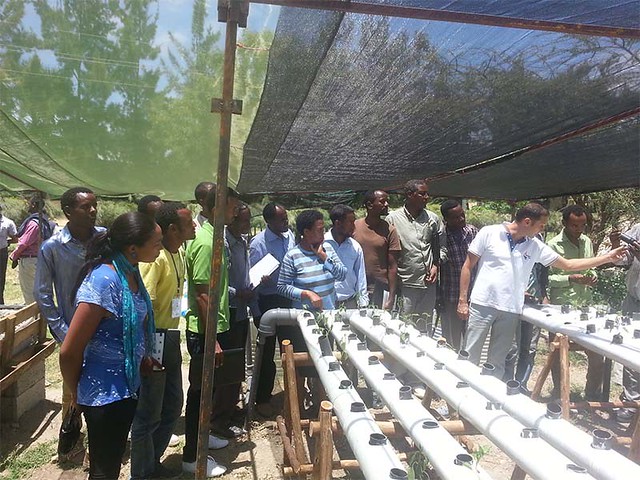
This is another style of aquaponics gardening you may have seen being used among those who create their own DIY aquaponics set-up. The idea is water runs through a PVC pipe. There are holes in the PVC pipe for plants to be placed in.
Their roots grow toward the water and absorb nutrients through a film placed inside the pipes. It allows the roots to absorb nutrients as toilet paper absorbs water when it’s held over it.
Again, this style of aquaponics works best for lighter plants because there isn’t a ton of support. If you were going to raise herbs or strawberries this could be a good set-up for you.
4. Vertical Aquaponics

Vertical aquaponics allows you to grow the maximum number of crops in a smaller space. Plants are stacked on top of each other as they are in any vertical garden.
Water runs from the top down and into the fish tank beneath the towers. This style of aquaponics works best for lighter plants such as lettuce or strawberries because (again) there isn’t a great deal of support offered with this set-up.
How to Start an Aquaponics Garden
If raising an aquaponics garden is something you’re convinced you’d like to try, you’ll be pleased to know there are only a few steps required to get started:
1. Choose Your System
We’ve discussed the system options above. When starting your own aquaponics system, you must decide which system will work best for your situation.
Choosing your system may depend upon where you want your set-up. You can have an aquaponic set-up inside, outside, or even in a greenhouse.
Many people choose a media set-up at home. If this is your choice, now is the time to add your media before doing anything else.
2. Fill it With Water
Once your system is in place, you must add water. Fill your fish tank and your sump at this point. If you choose to fill it with tap water, make sure you turn on your aerator and pump.
Running the pump for a few days is necessary because there are chemicals found in most tap water. By running the pump and aerator for three to seven days, the chemicals will be removed from the water.
3. Add Your Crops
When your water is ready to go, it’s time to add the crops. If your plants were started in soil, you should remove as much of the soil from the roots as possible.
Your water doesn’t have to be perfectly clean because the plants will help to finish cleaning the water. Put your crops in the holes of the PVC pipe or in the media to give them a healthy start.
4. Test the pH Level
As your aquaponics system develops it’s important to maintain a pH level between 6.8 and 7.2. In the beginning, your water should have a pH of 7.0 or higher. This will give the bacteria a chance to form.
Once your plants are added, the pH level will naturally go down. It’s important to check your pH level regularly because if it drops below 6.8 it will slow down the breakdown of waste.
5. Add Ammonia
At this point, you should add ammonia to the water because you don’t have the fish in the tank yet to form waste.
By adding ammonia, it will start the nitrogen cycle of the system. How much ammonia you add will depend upon the size of the system you have. Be sure to check your set-up instructions to know how many tablespoons you should add every day for the first couple of weeks.
6. Add the Fish
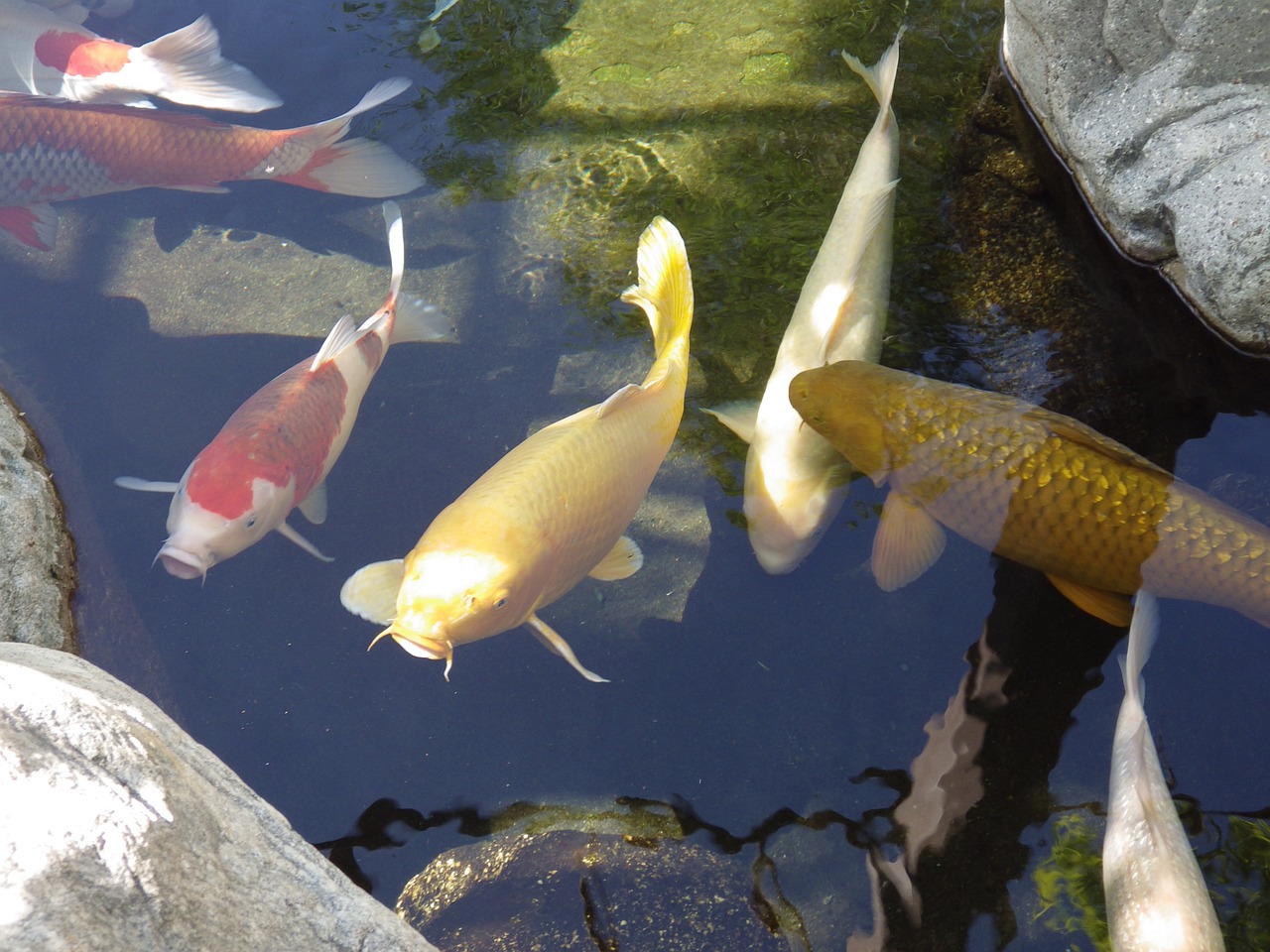
The last step in the process is to add your fish to the system. These are a few of your options to choose from:
- Tilapia- easiest to raise, grow out faster and are forgiving of conditions.
- Catfish- prefer warmer water and are more disease resistant than other options.
- Trout- harder to raise because they prefer colder water, good if growing cool-weather crops.
- Carp- great fish for beginners, can grow in a variety of conditions.
- Koi- hardy fish but not meant for consumption, great for decoration in your system only.
What You Should Grow
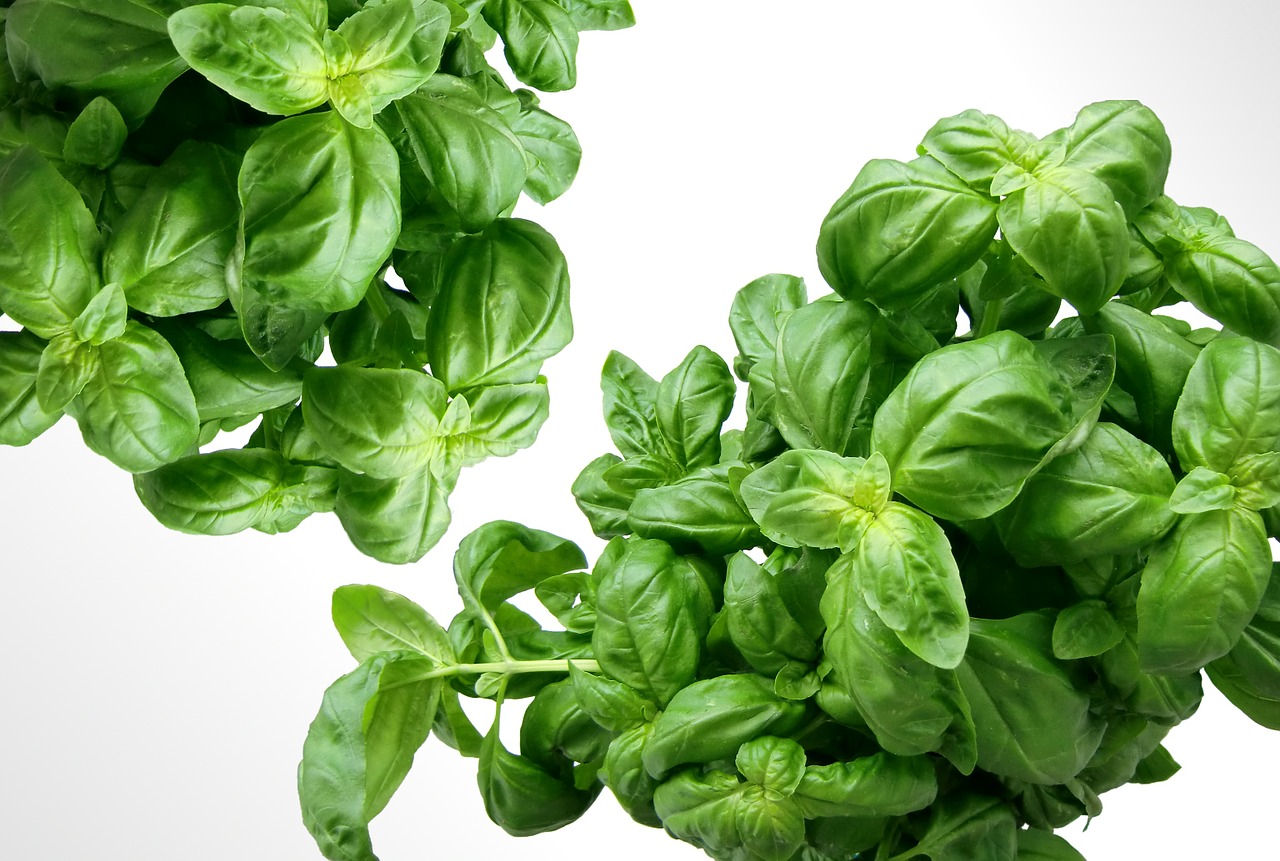
Our last stop on this journey through aquaponics is to discuss what can be grown in these systems. The biggest hurdle you’ll face when growing in an aquaponics system is finding the best-growing pairs.
The ideal is the fish and plants must share similar needs as far as water temperature and pH levels go, to be a good growing pair.
For example, fish who prefer fresh, warm water do best if paired with leafy veggies such as lettuce or herbs.
The crops you grow will vary based upon the size of your set-up as well. Here’s what you can grow in a smaller set-up:
If you have a larger set-up, you’ll be able to grow a wider variety. The idea is you can grow larger crops with fruit if you have the set-up which can handle the fish needed for healthy plants. The larger the plant and the fruit produced, the more nutrients the crops need.
When the crops need more nutrients, you need more fish in the set-up to produce the nutrients from their waste. To handle the amount of fish, you must invest in the larger set-up. Here are the crop varieties meant for a larger aquaponics system:
You’ve now survived your crash course on aquaponics gardening.
Hopefully, this has given you some insight as to what aquaponics is, how it works, what it takes to set a system up, and what can be grown in this type of gardening system.
If you’re working on a budget, there are DIY aquaponic set-ups which could help shave some cost off the initial investment of your system.
It’s our hope by sharing alternative gardening methods it will allow more people to be as self-sufficient as possible regardless of the amount of space available to them.

